Home>Gardening & Outdoor>Landscaping Ideas>What Fertilizer Is Best For Grass


Landscaping Ideas
What Fertilizer Is Best For Grass
Modified: March 27, 2024
Looking for the best fertilizer for your grass? Get expert landscaping ideas and tips to keep your lawn lush and healthy. Discover the right fertilizer for your landscaping needs.
(Many of the links in this article redirect to a specific reviewed product. Your purchase of these products through affiliate links helps to generate commission for Storables.com, at no extra cost. Learn more)
Introduction
Welcome to the world of lush, vibrant lawns and thriving green landscapes! As a landscaping enthusiast, you understand the importance of maintaining healthy, beautiful grass. One crucial aspect of achieving and sustaining a stunning lawn is providing the right nutrients to your grass. Fertilizing your grass not only promotes healthy growth but also enhances its ability to withstand environmental stressors.
In this comprehensive guide, we will delve into the world of grass fertilizers, exploring the various types available and uncovering the best practices for ensuring your grass receives the nourishment it needs. Whether you are a seasoned lawn care aficionado or a novice homeowner looking to elevate your outdoor space, understanding the nuances of grass fertilization is key to achieving a verdant, thriving lawn.
Join us as we embark on an enlightening journey through the realm of grass fertilizers, equipping you with the knowledge and insights to make informed decisions about nurturing your grass to its fullest potential.
Key Takeaways:
- Choose the right fertilizer by considering your grass’s needs, environmental impact, and practical application methods. This will help you nurture a healthy, vibrant lawn while minimizing environmental impact.
- Understand the differences between organic and synthetic fertilizers to make an informed choice that aligns with your sustainability goals and the long-term health of your grass and the environment.
Read more: What Is The Best Fertilizer For Grass
Understanding the Nutritional Needs of Grass
Before delving into the realm of fertilizers, it’s essential to comprehend the nutritional requirements of grass. Just like any living organism, grass relies on a balanced diet of essential nutrients to thrive. The primary nutrients crucial for the healthy growth of grass are nitrogen (N), phosphorus (P), and potassium (K).
Nitrogen (N): This vital nutrient plays a pivotal role in promoting lush, green foliage. It supports the development of chlorophyll, the pigment responsible for the vibrant green color of grass. Nitrogen also aids in stimulating robust blade and shoot growth, making it indispensable for maintaining a dense, verdant lawn.
Phosphorus (P): Essential for root development and overall plant vigor, phosphorus is instrumental in establishing a strong, resilient root system. Adequate phosphorus levels contribute to improved drought tolerance and enhanced establishment of newly seeded or sodded areas.
Potassium (K): Often referred to as potash, potassium is integral to bolstering the grass’s resilience against disease, drought, and extreme temperatures. It aids in regulating water movement within the plant, fostering sturdy cell structure, and fortifying the grass against environmental stressors.
In addition to these primary macronutrients, grass also requires secondary nutrients such as calcium, magnesium, and sulfur, along with micronutrients like iron, zinc, and manganese, albeit in smaller quantities. Understanding these nutritional needs is crucial for selecting the most suitable fertilizer to address the specific requirements of your grass, ensuring it receives the essential nourishment for robust growth and vitality.
Types of Fertilizers for Grass
When it comes to fertilizing your grass, a myriad of options are available, each tailored to meet specific lawn care needs. Understanding the diverse types of fertilizers empowers you to make informed choices based on your grass’s unique requirements and your environmental considerations.
Granular Fertilizers: These solid, granular formulations are popular among homeowners and professional landscapers alike. They are available in fast-release and slow-release varieties. Fast-release granular fertilizers provide an immediate nutrient boost to the grass, while slow-release formulations deliver nutrients gradually over an extended period, promoting sustained growth and minimizing the risk of leaching.
Liquid Fertilizers: Liquid fertilizers are prized for their rapid absorption and quick results. They are commonly used in commercial landscaping and are ideal for addressing specific nutrient deficiencies or providing a rapid green-up before special events. Their fast-acting nature makes them an excellent choice for remedying immediate nutrient deficiencies.
Organic Fertilizers: Derived from natural sources such as compost, manure, and plant-based materials, organic fertilizers offer a sustainable and environmentally friendly approach to lawn care. They enrich the soil with organic matter, fostering a healthy microbial ecosystem and enhancing soil structure and fertility over time.
Synthetic Fertilizers: Engineered to deliver precise concentrations of essential nutrients, synthetic fertilizers offer a targeted approach to lawn nourishment. They are formulated to address specific nutrient deficiencies and are renowned for their rapid and predictable results. However, careful application is crucial to prevent over-fertilization and minimize environmental impact.
Winterizing Fertilizers: Tailored for application in late fall, winterizing fertilizers are designed to fortify grass against harsh winter conditions. They promote root development and carbohydrate storage, equipping the grass to endure the challenges of winter and emerge vigorously in the spring.
By familiarizing yourself with these diverse fertilizer types, you can make informed decisions that align with your lawn care goals, environmental ethos, and the specific needs of your grass, paving the way for a vibrant and resilient lawn that thrives throughout the seasons.
Choosing the Best Fertilizer for Your Grass
As you embark on the quest to select the optimal fertilizer for your grass, several factors warrant consideration to ensure that your choice aligns with the unique needs of your lawn and your environmental ethos. By taking these elements into account, you can make an informed decision that fosters the health and vitality of your grass while minimizing environmental impact.
Soil Test: Conducting a soil test is a fundamental step in determining the specific nutritional requirements of your grass. By analyzing the soil’s pH level and nutrient composition, you can identify any deficiencies and tailor your fertilizer selection to address these specific needs effectively.
Grass Type: Different grass species have varying nutritional requirements. Whether your lawn features cool-season grasses like Kentucky bluegrass and fescue or warm-season varieties such as Bermuda grass and Zoysia grass, understanding the nutritional preferences of your grass type is essential for selecting the most suitable fertilizer formulation.
Nutrient Ratio: Fertilizers are labeled with three numbers representing the nitrogen-phosphorus-potassium (N-P-K) ratio. Understanding the ideal nutrient balance for your grass type and growth stage enables you to choose a fertilizer with the appropriate N-P-K ratio to support robust growth, color vibrancy, and overall health.
Environmental Considerations: When selecting a fertilizer, consider the potential environmental impact of its application. Opt for slow-release or organic fertilizers to minimize nutrient runoff and leaching, thereby promoting environmental sustainability and safeguarding water quality.
Seasonal Needs: Tailoring your fertilizer selection to the seasonal requirements of your grass is pivotal for nurturing its year-round health. For instance, a high-nitrogen fertilizer in the spring promotes vigorous top growth, while a balanced formulation in the fall fortifies the grass’s root system for winter resilience.
Application Method: Consider the practical aspects of fertilizer application, including the equipment required and the ease of application. Whether you opt for granular formulations applied with a spreader or liquid fertilizers administered with a sprayer, choose a method that aligns with your expertise and resources.
By thoughtfully evaluating these factors, you can pinpoint the best fertilizer for your grass, fostering a thriving, resilient lawn that exudes health and beauty throughout the seasons. Your discerning choice will not only elevate the aesthetic appeal of your outdoor space but also contribute to the sustainable stewardship of your lawn and the surrounding environment.
Choose a fertilizer with a balanced ratio of nitrogen, phosphorus, and potassium (such as 20-5-10) for healthy grass growth. Look for slow-release formulas to feed your lawn over time.
Organic vs. Synthetic Fertilizers
The choice between organic and synthetic fertilizers is a pivotal decision that influences not only the health and vibrancy of your grass but also the environmental impact of your lawn care practices. Understanding the distinctions between these two fertilizer categories empowers you to make an informed choice that aligns with your sustainability goals and the specific needs of your grass.
Organic Fertilizers: Derived from natural sources such as compost, animal manure, and plant-based materials, organic fertilizers offer a sustainable approach to nurturing your lawn. By enriching the soil with organic matter, they foster a robust microbial ecosystem, enhance soil structure, and promote long-term soil fertility. Organic fertilizers release nutrients gradually, minimizing the risk of leaching and supporting the overall health of the grass and the surrounding environment.
Synthetic Fertilizers: Engineered to deliver precise concentrations of essential nutrients, synthetic fertilizers offer a targeted approach to lawn nourishment. They are formulated to provide rapid and predictable results, addressing specific nutrient deficiencies and promoting rapid green-up. However, their fast-release nature necessitates precise application to prevent over-fertilization and minimize the risk of nutrient runoff, which can adversely impact water quality and environmental sustainability.
When deliberating between organic and synthetic fertilizers, consider the following factors to make an informed choice:
- Environmental Impact: Organic fertilizers contribute to soil health and microbial diversity, fostering a sustainable and resilient ecosystem. They minimize the risk of nutrient runoff and leaching, promoting environmental sustainability and safeguarding water quality. In contrast, synthetic fertilizers require careful application to mitigate the potential for environmental harm, necessitating precise timing and dosage to prevent adverse effects on the surrounding ecosystem.
- Long-Term Soil Health: Organic fertilizers enhance soil structure and fertility over time, fostering a balanced and thriving soil ecosystem. By promoting microbial activity and organic matter accumulation, they contribute to the long-term health and vitality of the soil. Synthetic fertilizers, while delivering rapid results, may necessitate additional measures to maintain soil health and mitigate the risk of nutrient imbalances over time.
- Sustainability: Embracing organic fertilizers aligns with sustainable lawn care practices, promoting ecological balance and long-term environmental stewardship. By nurturing the soil and fostering a resilient, biodiverse ecosystem, organic fertilizers contribute to the sustainable management of your lawn and the surrounding environment.
By weighing these considerations, you can make a discerning choice between organic and synthetic fertilizers, aligning your lawn care practices with your sustainability ethos and the long-term health of your grass and the environment. Whether you opt for the gradual nourishment of organic fertilizers or the targeted precision of synthetic formulations, your informed decision will shape a vibrant, resilient lawn that thrives in harmony with its natural surroundings.
Application and Timing of Fertilizer
The strategic application and timing of fertilizer play a pivotal role in nurturing a healthy, vibrant lawn while minimizing the risk of over-fertilization and environmental impact. By adhering to best practices for fertilizer application, you can optimize the efficacy of the nutrients and promote the long-term health and resilience of your grass.
Seasonal Considerations: Tailoring your fertilizer application to the specific needs of your grass across different seasons is essential for promoting robust growth and year-round health. In the spring, a high-nitrogen fertilizer stimulates vigorous top growth, enhancing the lushness and vibrancy of the grass. Conversely, fall applications of a balanced fertilizer fortify the grass’s root system, promoting winter resilience and ensuring a vigorous emergence in the spring.
Soil Temperature: Monitoring soil temperature is crucial for determining the optimal timing of fertilizer application. Applying fertilizer when the soil temperature is conducive to nutrient uptake maximizes the efficacy of the nutrients and minimizes the risk of nutrient leaching. For warm-season grasses, spring fertilization is recommended when the soil temperature reaches approximately 65-70°F, while fall fertilization is ideal when the soil remains warm to support root development before winter dormancy.
Uniform Application: Ensuring uniform application of fertilizer is paramount for preventing uneven growth and nutrient imbalances. Whether using a spreader for granular fertilizers or a sprayer for liquid formulations, follow a consistent application pattern to distribute the nutrients evenly across the lawn, fostering balanced growth and color vibrancy.
Watering and Timing: After applying fertilizer, watering the lawn facilitates the incorporation of nutrients into the soil and promotes efficient uptake by the grass. However, it is essential to time the watering carefully, avoiding application before heavy rainfall to prevent nutrient runoff and leaching. Watering the lawn the day before fertilization can enhance nutrient absorption and minimize the risk of nutrient loss due to leaching.
Avoiding Stress Periods: Refraining from fertilizing the grass during periods of environmental stress, such as drought or extreme heat, is crucial for preventing additional strain on the grass. Fertilizing during stress periods can exacerbate the grass’s vulnerability and may lead to nutrient imbalances, hindering its ability to withstand environmental challenges.
By adhering to these best practices for fertilizer application and timing, you can optimize the efficacy of the nutrients, promote the health and vitality of your grass, and minimize the environmental impact of your lawn care practices. Your thoughtful approach to fertilizer application will contribute to the long-term resilience and beauty of your lawn, fostering a lush, vibrant outdoor space that thrives in harmony with its natural surroundings.
Conclusion
Congratulations on embarking on a journey to unlock the secrets of nurturing a vibrant, resilient lawn through strategic fertilization. By gaining a deeper understanding of the nutritional needs of grass and the diverse array of fertilizers available, you have equipped yourself with the knowledge to elevate your lawn care practices and foster a thriving outdoor oasis. As you reflect on the insights gleaned from this guide, consider the following key takeaways that will guide you toward a lush, healthy lawn:
- Nutrient Essentials: Recognize the vital role of nitrogen, phosphorus, and potassium in promoting the health and vibrancy of your grass, tailoring your fertilizer choices to address the specific nutritional needs of your lawn.
- Thoughtful Selection: Deliberate on the factors influencing your choice of fertilizer, including soil test results, grass type, nutrient ratio, environmental impact, seasonal requirements, and practical application methods, to make informed decisions that align with your lawn care goals.
- Organic vs. Synthetic: Weigh the environmental impact, long-term soil health, and sustainability implications of organic and synthetic fertilizers, aligning your choice with your commitment to sustainable lawn care practices and environmental stewardship.
- Strategic Application: Embrace best practices for fertilizer application and timing, tailoring your approach to the seasonal needs of your grass, soil temperature, uniform application, watering regimen, and stress avoidance to optimize the efficacy of the nutrients and minimize environmental impact.
By integrating these insights into your lawn care regimen, you are poised to nurture a vibrant, resilient lawn that thrives throughout the seasons, exuding health, beauty, and environmental sustainability. Your discerning approach to grass fertilization will not only elevate the aesthetic appeal of your outdoor space but also contribute to the long-term health and vitality of your lawn and the surrounding ecosystem.
As you embark on this enriching journey, remember that the beauty of a flourishing lawn extends beyond its visual allure; it encompasses a harmonious relationship with nature, sustainable stewardship, and the joy of cultivating a thriving outdoor sanctuary for relaxation and recreation. Embrace the art of grass fertilization as a means to co-create a vibrant, resilient landscape that embodies the beauty of nature and reflects your commitment to sustainable, nurturing lawn care practices.
With your newfound knowledge and conscientious approach, you are primed to cultivate a lawn that stands as a testament to the artistry of nature and the stewardship of a caring, discerning homeowner. Your journey toward a vibrant, resilient lawn begins with a single step, and your commitment to informed, thoughtful lawn care practices will pave the way for a captivating outdoor space that flourishes in harmony with its natural surroundings.
Frequently Asked Questions about What Fertilizer Is Best For Grass
Was this page helpful?
At Storables.com, we guarantee accurate and reliable information. Our content, validated by Expert Board Contributors, is crafted following stringent Editorial Policies. We're committed to providing you with well-researched, expert-backed insights for all your informational needs.
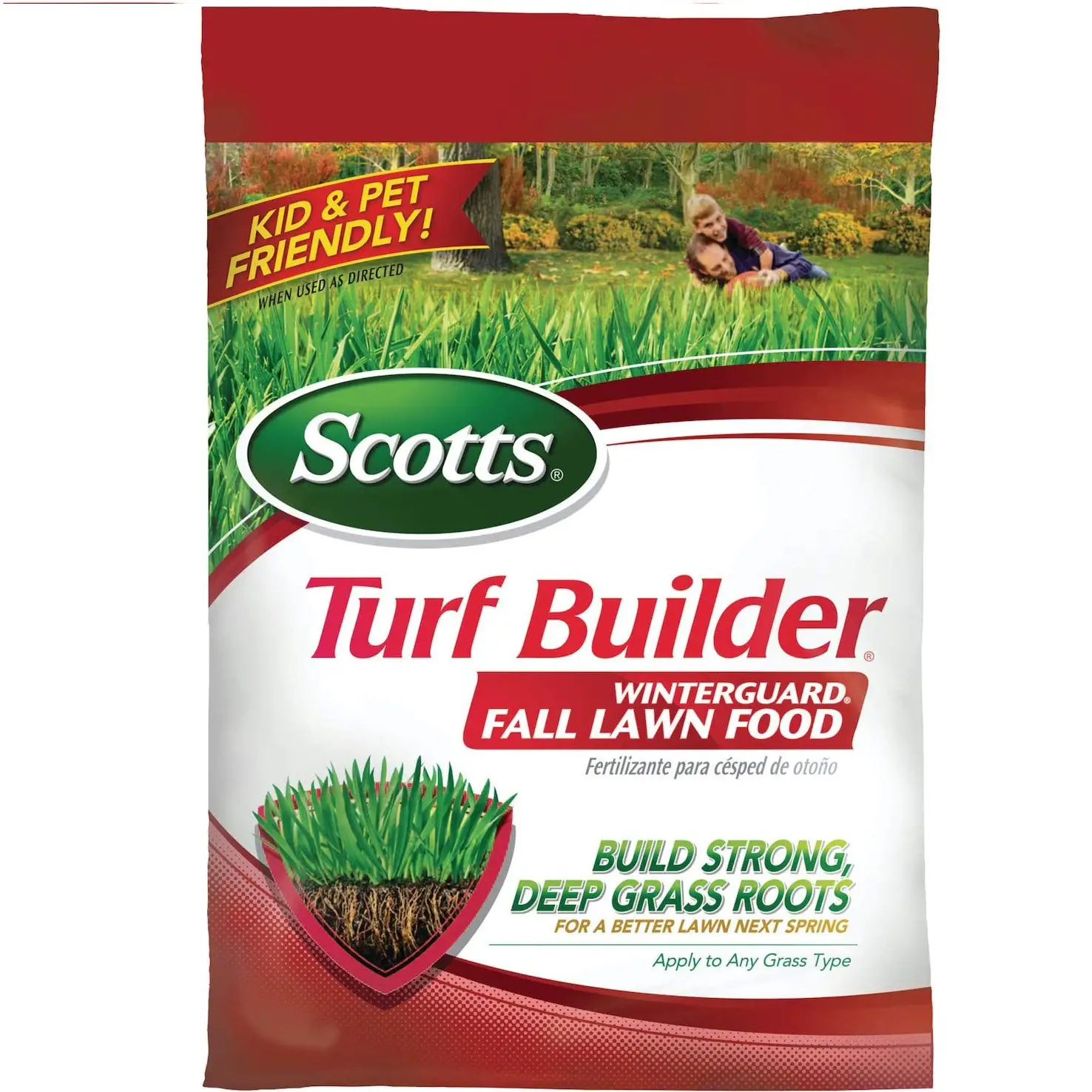
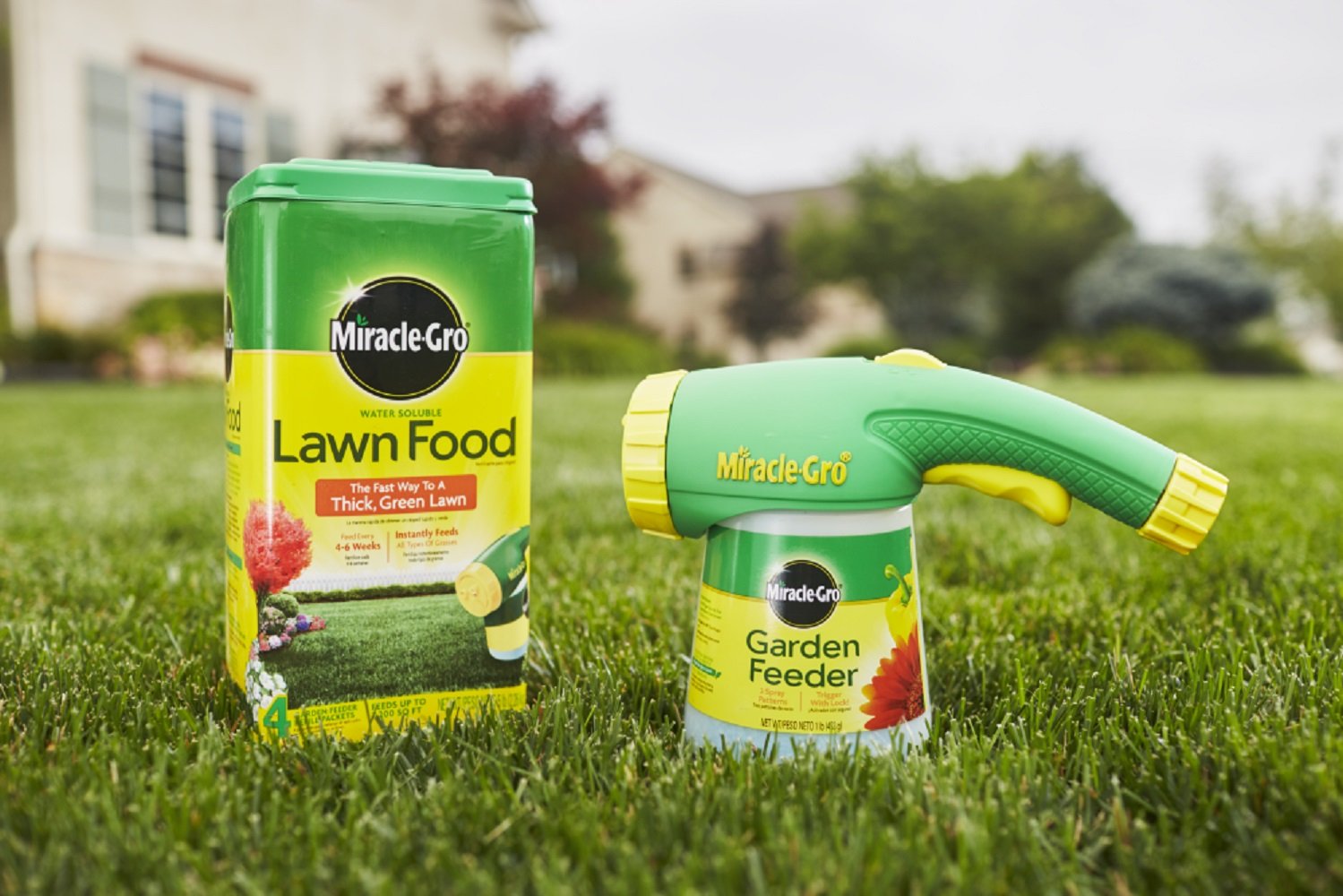
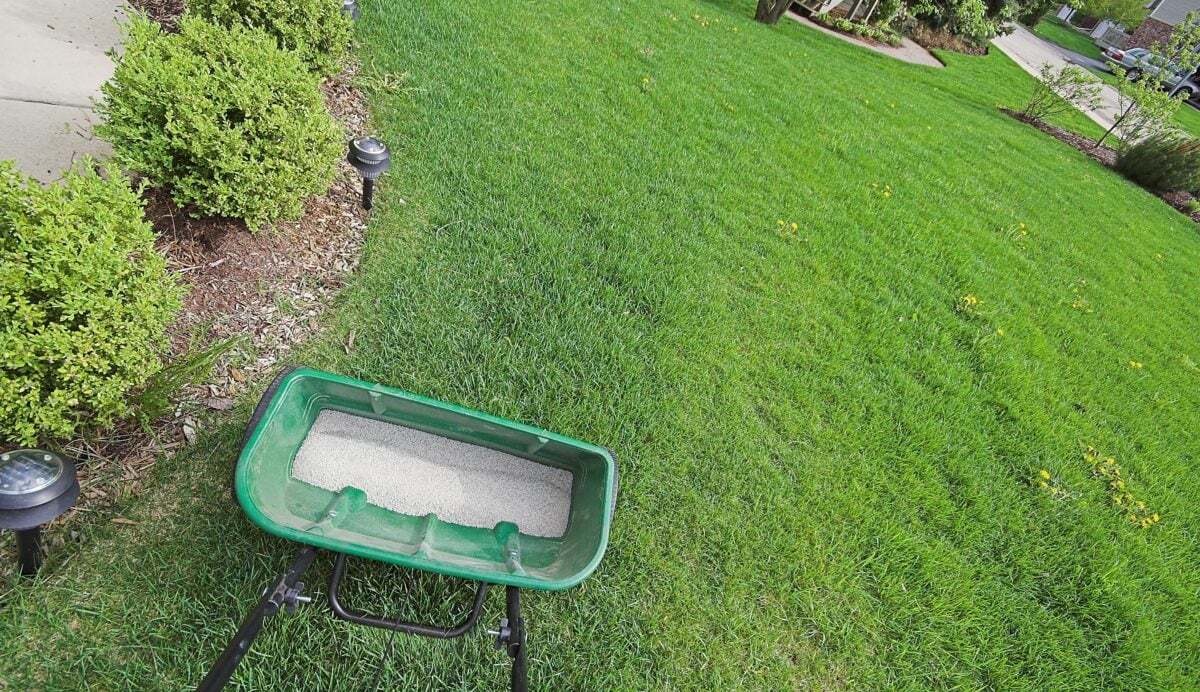

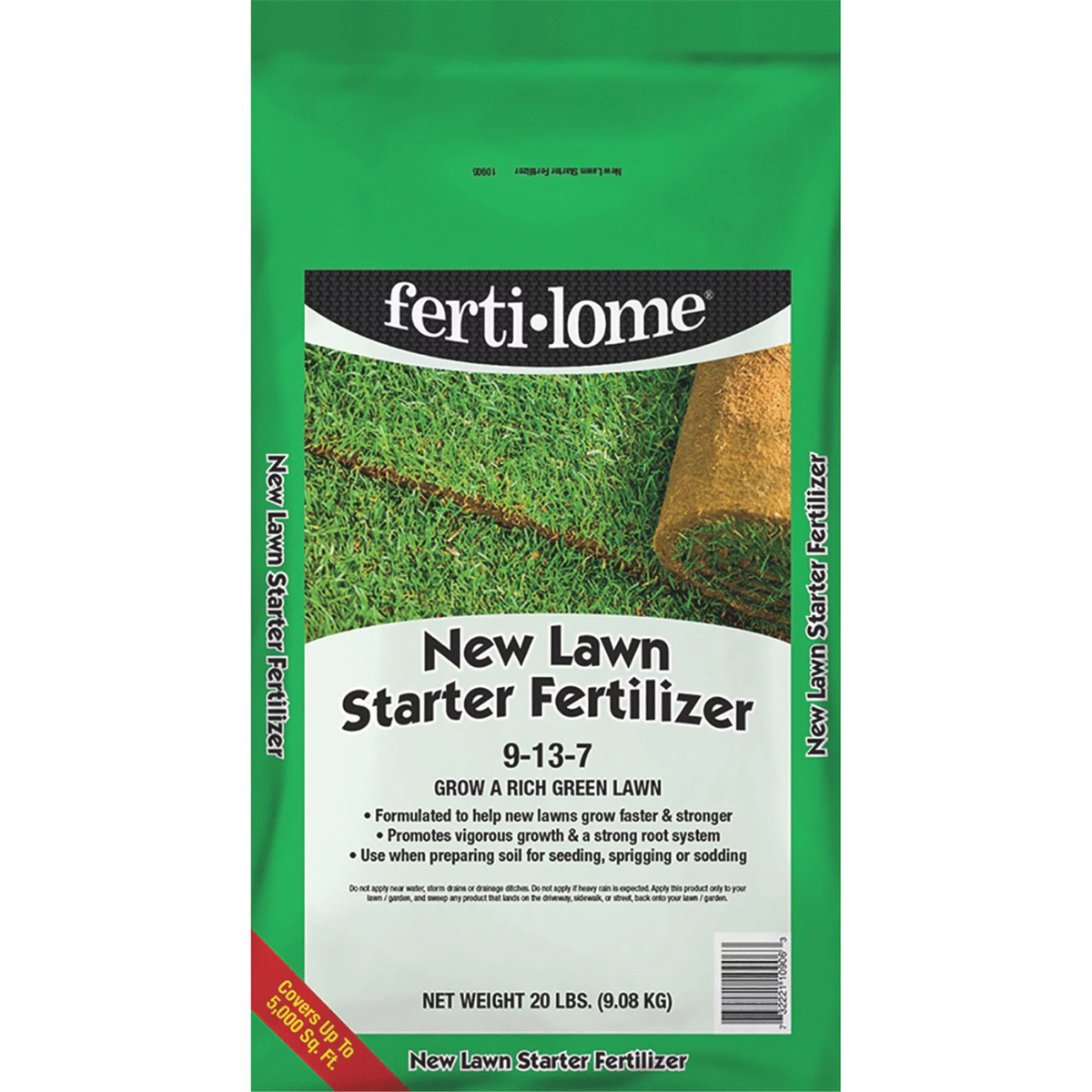
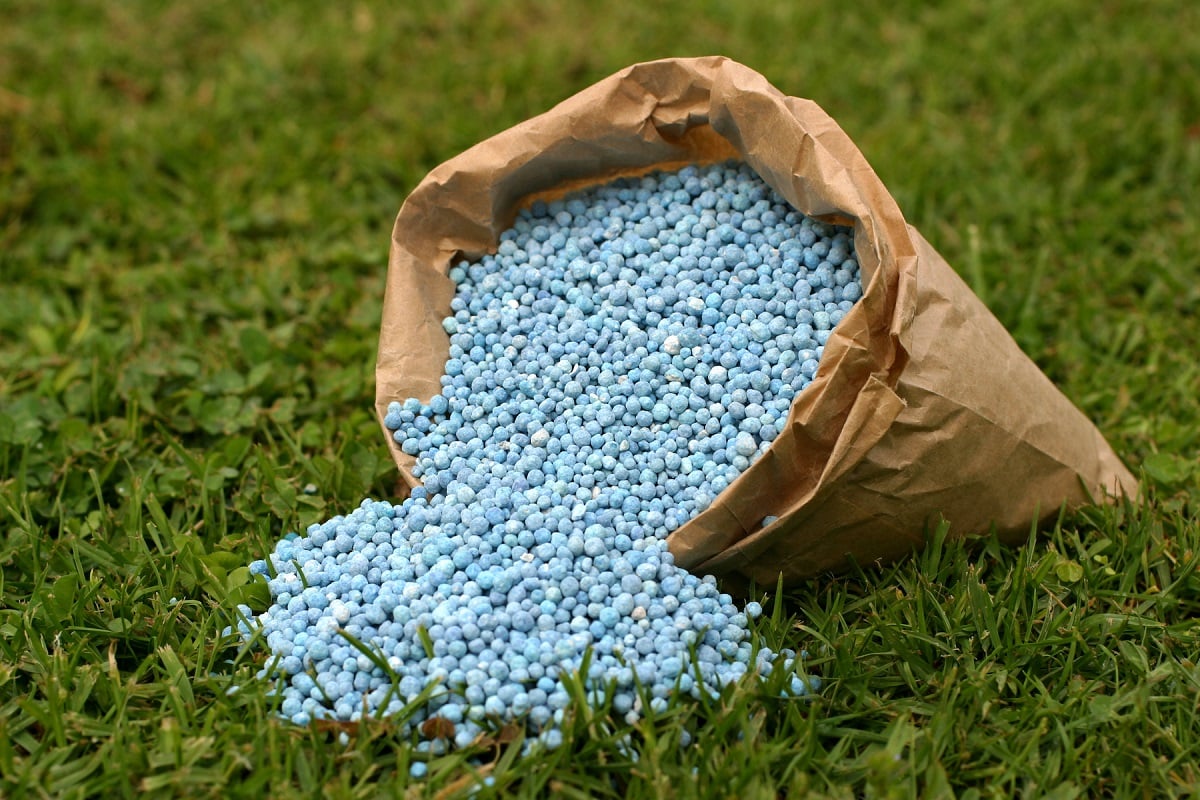
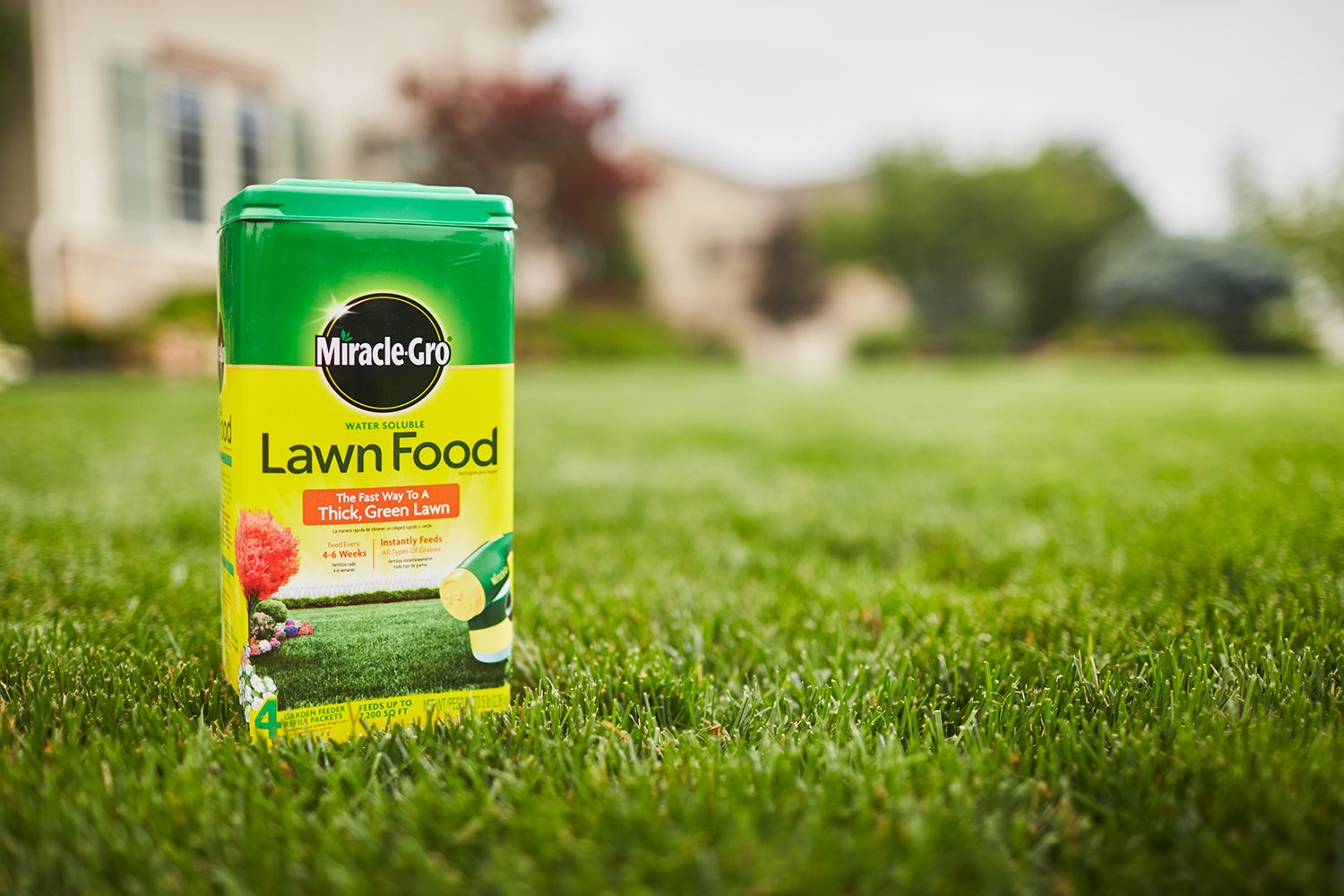
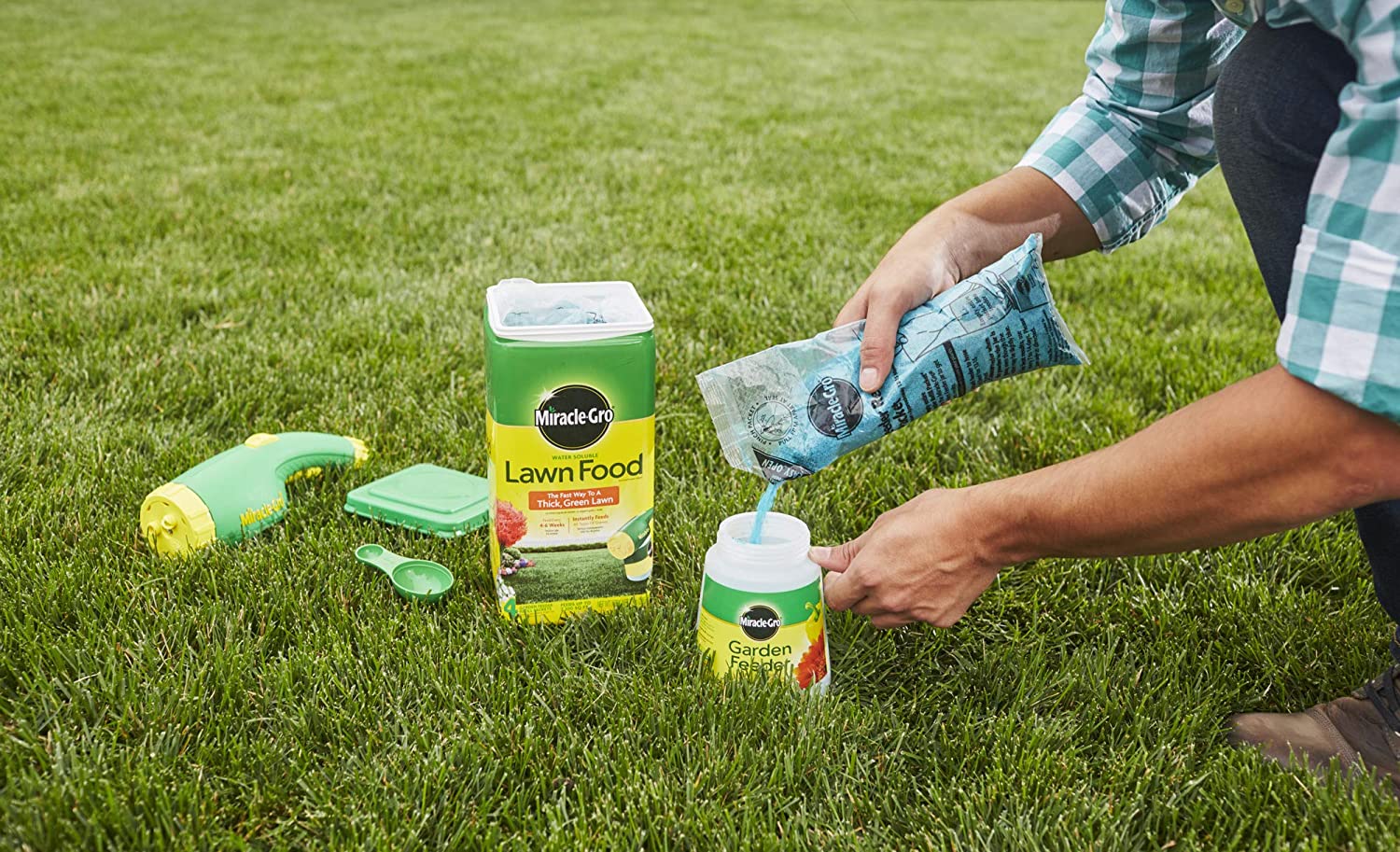
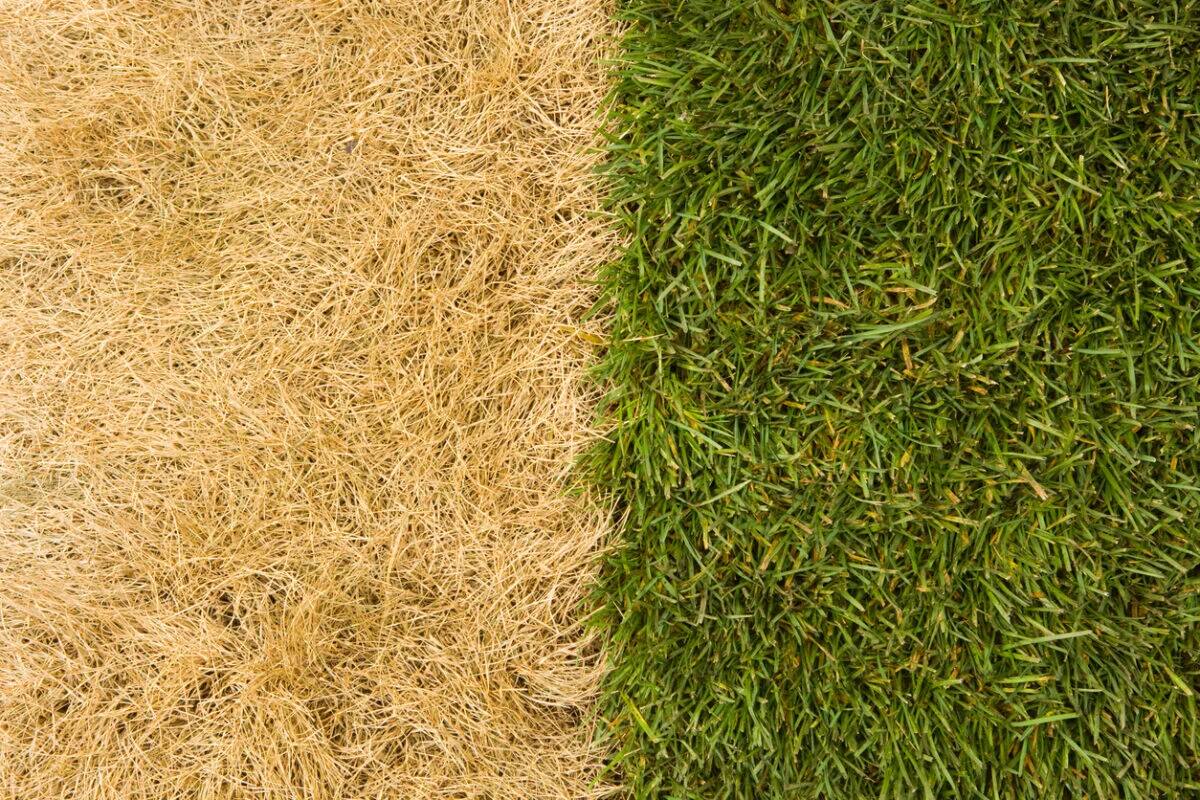
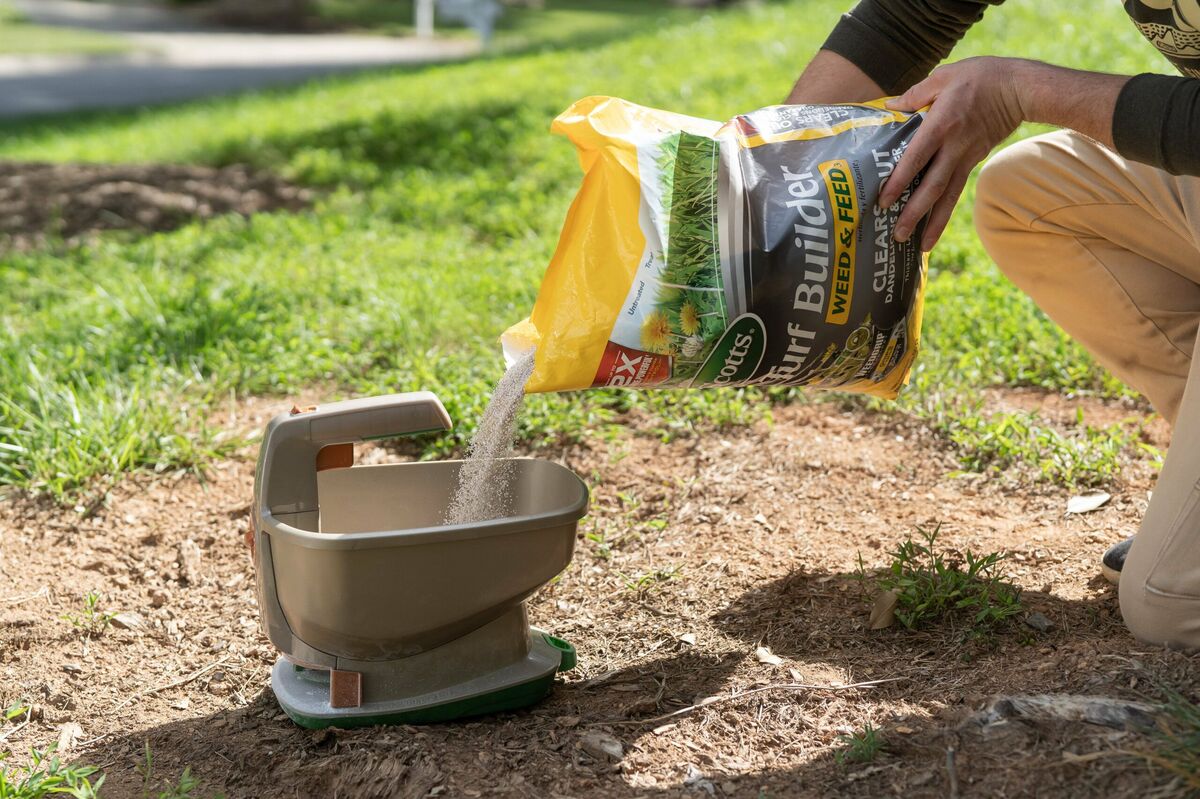
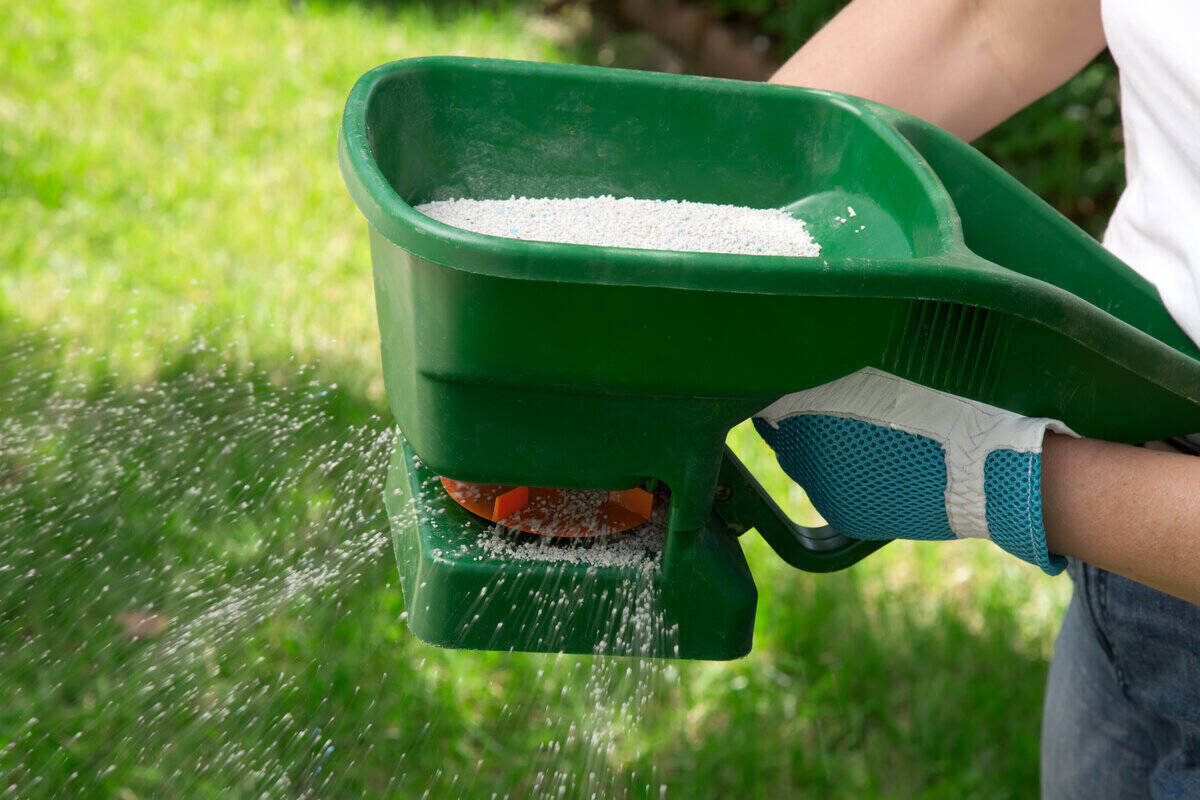

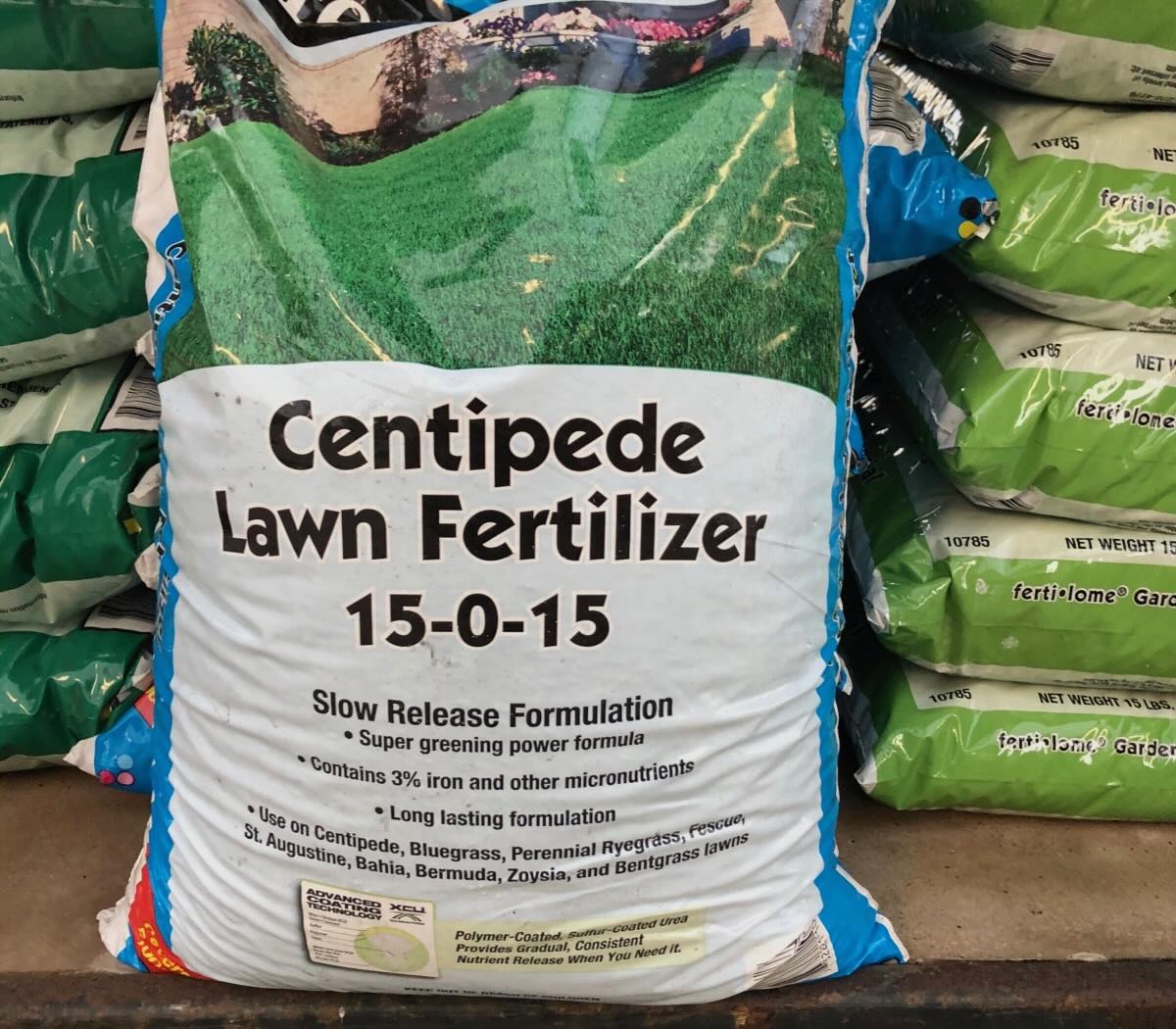
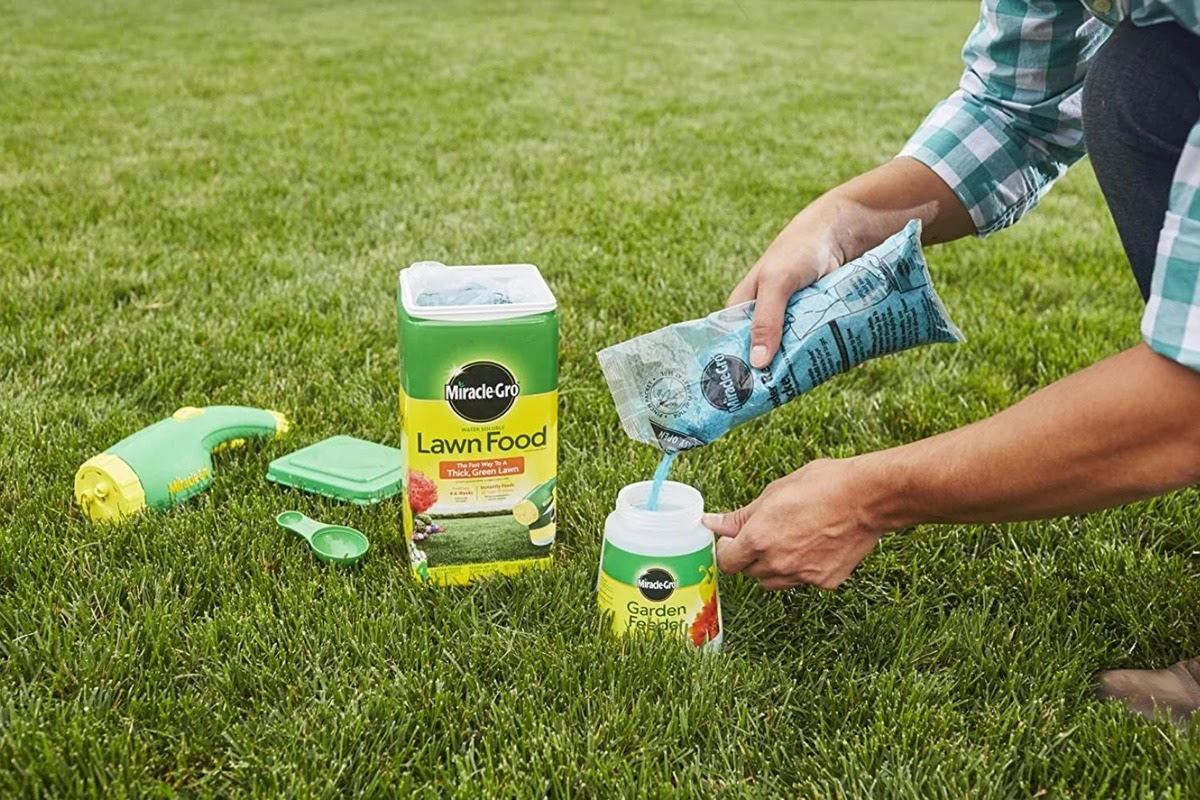

0 thoughts on “What Fertilizer Is Best For Grass”